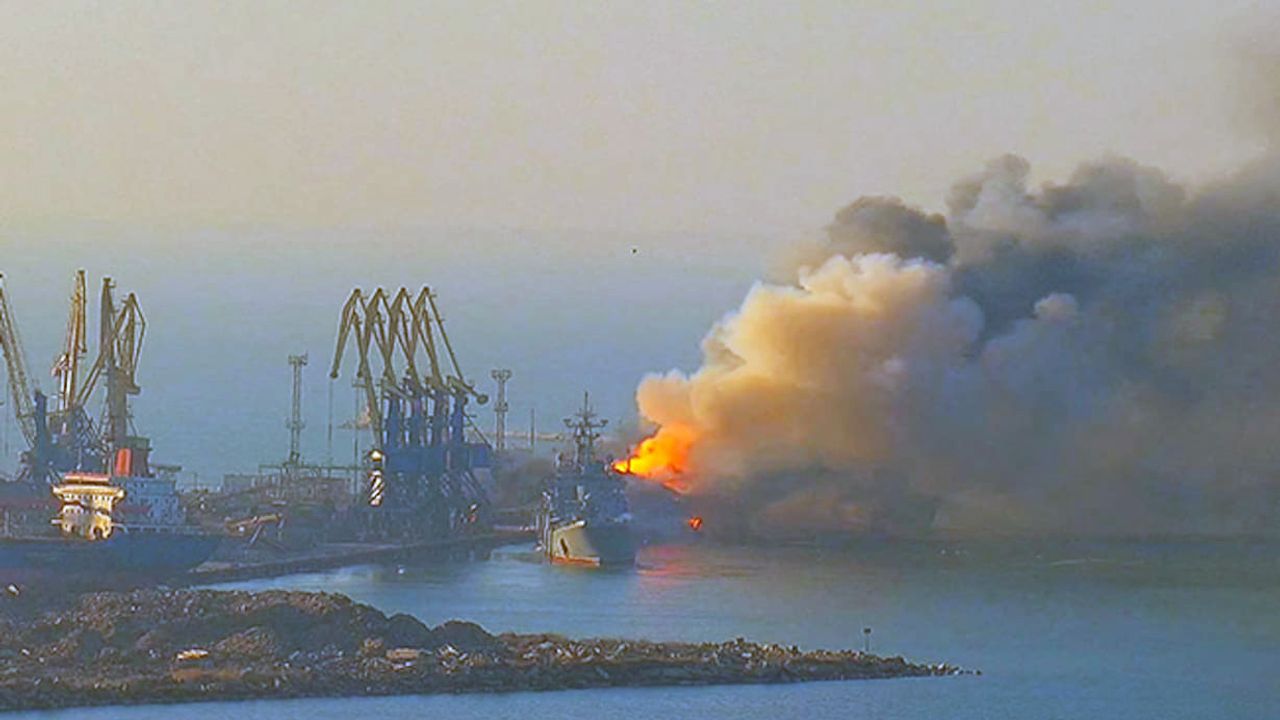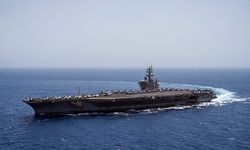The Ukrainian military's adept use of asymmetric tactics, such as guided missiles and unmanned vessels, has proven effective against the traditionally stronger Russian Navy.
At the beginning of the conflict in February 2022, the Russian Navy enjoyed unhindered movement across the Black Sea, particularly in the north-west. However, Ukraine's strategic use of unconventional maritime warfare has led to a series of setbacks for the Russian Black Sea Fleet.
Recent victories, including the sinking of the Russian Tarantul III-class Ivanovets and Ropucha-class Caesar Kunikov, resulted in the dismissal of the second Black Sea Fleet commander since the war's onset.
The Ukrainian Defense Forces' combined strike activities, both on land and at sea, have forced the Russian Navy to relocate its main operating areas to the eastern part of the Black Sea.
Despite Russia's ability to launch attacks from the relative safety of the eastern Black Sea, the defensive measures taken by the Russian Navy have not proven entirely effective against Ukraine's non-conventional approach.
Moreover, the UK Ministry of Defense highlighted that Ukraine's strategic approach has successfully denied Russia the ability to disrupt Ukraine's maritime trade routes. Following the collapse of the Black Sea Grain Initiative (BSGI), Ukraine's momentum has allowed it to dominate the western Black Sea, leading to increased exports through the unilateral Humanitarian Corridor.
This has resulted in trade volumes matching pre-war levels, despite the challenges posed by the conflict.






